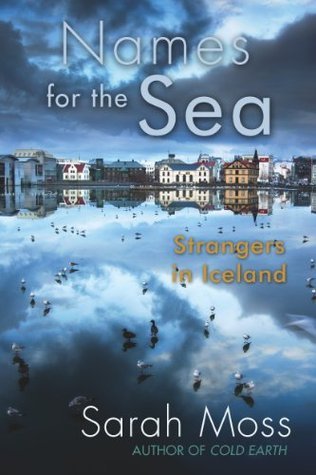What do you think?
Rate this book


370 pages, Kindle Edition
First published July 5, 2012
[I]t is typically Icelandic that a remote community of barely 1,000 people has an internationally renowned museum and a café where they grind coffee beans.This is one of a number of books that I have checked out from my current workplace since joining it a year and a couple of months ago, thereby doing my small part in increasing our circulation numbers (and sometimes protecting certain unworthy works from being effectively weeded). I can see why we acquired it (locals are the kind of hyper-rich with intellectual aspirations that require us to spend thousands of dollars a year on a hundred or so travel related subscriptions), as well as why it didn't prove popular (the author is far more of a thinker than an armchair venture capitalist). As I'm not made of money and am very good at the whole holistic understanding thing, I liked this far more than the average rating promised; indeed, I would read travel narratives a great deal more often if there were any credible promise of the average representative being a lot like this text. It has to do with the whole balance between self and other being a great deal more believably give and take than it typically is in English language media, as well as a focus on history/culture/art/ecology/contemporaneous politics/faces of the localized human rather than individual personalities that made the voyeuristic learning experience that less awkward and that much more genuinely engaging. Of course, most readers are not going to want to read about national bankruptcy, rape statistics, or vehicular atrocities ranging from mass road rage to rampant air pollution amidst their aurora borealis outings or visits to knitting cooperatives, and I do have to wonder at the lack of reliance on the Internet for figuring out some of the more pedestrian things (walking trails, for example, or second-hand markets). Still, I ended this work feeling that I had a good enough grasp on the country in terms of where it came from, where it wanted to go, and what it was willing to do to make the transition to maintain a comfortably evenhanded approach to it all. I still have my own idiotically idealistic thoughts about the sagas and Iceland's natural landscapes, but after having imbibed more than a few of the realities of poverty in a land of hard won connection, I'm more comfortable with my dreaming assumptions than I would've been in complete ignorance.
I buy things I know they don't particularly want, things made out of plastic which will still be on the planet long after the human species falls into deserved oblivion, and made by children as young as mine in countries that haven't ratified the UN Convention on the Rights of the Child.For the record, every state that is eligible to ratify the UN Convention on the Rights of the Child has done so, save for the United States. Considering how child labor laws are being rolled back all over the country so that corporate stooges can avoid negotiating with unions like adults, one wonders what folks in Iceland would think about this particular land of the free, home of the brave.
When I tell a group of students about high-pitched sounds played to stop 'yobs' congregating outside English shops, they don't believe me. What kind of country would allow businesses to control children's freedom of movement.